Have you ever stopped to listen to the music of nature? Not just the casual chirping of birds or the rustling of leaves, but the deeper, orchestrated symphony that surrounds us. Imagine blending these sounds with musical compositions to create a genre that connects the heart of nature with the soul of music. This blog explores a fascinating concept where the natural world meets art and science, aiming to deepen our bond with Earth and emphasize the need for conservation.
A New Harmony: From Wild Sounds to Musical Masterpieces
At the core of this innovative genre is a simple, yet profound process. Natural sounds—whether the haunting call of a loon across a lake, the symphonic gurgle of a brook, or the whisper of wind through an ancient forest—are recorded from various ecosystems. These sounds are then woven into music, creating pieces that narrate the story of our planet’s diverse habitats.
The Maestro of Earth Music
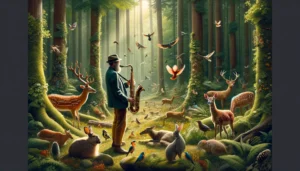 Among the pioneers of this movement is Paul Winter, an American saxophonist renowned for his “earth music.” Winter is not just a musician; he’s a bridge between worlds, integrating the voices of the wilderness with melodies from classical, jazz, and world music. His Grammy Award-winning compositions offer listeners a journey into the heart of nature, showcasing the beauty of its unspoken melodies.
Among the pioneers of this movement is Paul Winter, an American saxophonist renowned for his “earth music.” Winter is not just a musician; he’s a bridge between worlds, integrating the voices of the wilderness with melodies from classical, jazz, and world music. His Grammy Award-winning compositions offer listeners a journey into the heart of nature, showcasing the beauty of its unspoken melodies.
The Positive Echoes of Nature’s Music
A Window to Environmental Awareness
This genre does more than entertain; it enlightens. By transforming the sounds of nature into music, it invites us to appreciate the intricate beauty of our environment, encouraging a deeper respect and a call to protect its diversity.
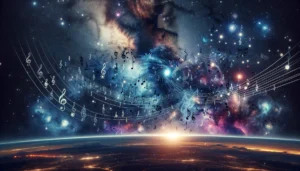 NASA’s Cosmic Concert
NASA’s Cosmic Concert
Consider NASA’s groundbreaking project, where the data from telescopes is transformed into music. This initiative doesn’t just make space science accessible; it offers us a new lens—or perhaps more fittingly, a new soundtrack—to experience the universe. Through these cosmic compositions, we’re reminded of the profound connections between art and science, and the innovative ways we can understand the mysteries of space.

Forests That Sing: The Living Symphonies Project
Imagine walking through a forest where every tree and every creature plays a part in a living orchestra. “Living Symphonies” does just that, turning ecosystems into immersive sound installations that change with the weather and time of day. This project not only highlights the beauty and complexity of our forests but also emphasizes the vital importance of biodiversity and the interconnectedness of life.
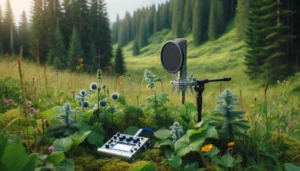 The Challenges of Capturing Nature’s Score
The Challenges of Capturing Nature’s Score
While the music of nature offers endless inspiration, recording these sounds comes with responsibilities. Venturing into the wild to capture these melodies must be done with care, to ensure minimal disturbance to wildlife. Ethical recording practices are essential in preserving the very beauty we seek to celebrate.
The Symphony of Nature in Our World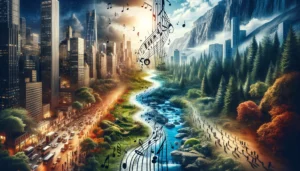
In an age where environmental challenges loom large, “The Symphony of Nature” offers a poignant reminder of what we stand to lose. It’s a call to action, wrapped in melody, urging us to listen more closely to the world around us and to act in its defense.
The Future Sounds of Earth
As technology advances, so too does the potential for even more vivid and immersive soundscapes. The growing interest in environmental sustainability hints at exciting collaborations on the horizon, promising new compositions that inspire, educate, and advocate for the preservation of our planet.
A Final Note
“The Symphony of Nature” is more than just music; it’s a movement. It’s a testament to the power of creative expression in fostering a connection with the natural world and a reminder of our responsibility to protect it. As we look to the future, let the music of the earth move us to action, for the sake of all its inhabitants.
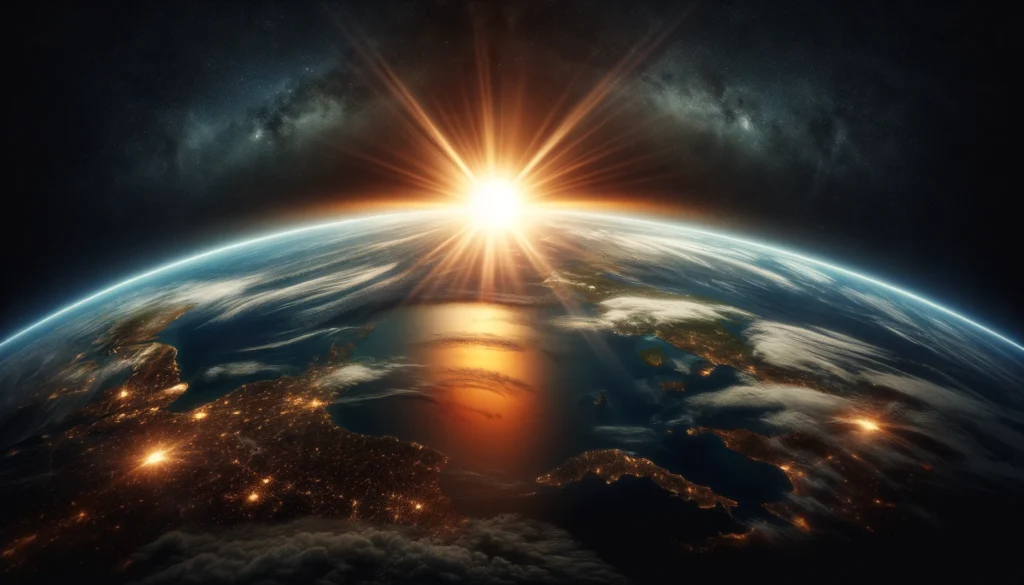
Curious to hear more? Dive into the work of Paul Winter, explore NASA’s sonification projects, and wander through the “Living Symphonies.” There’s a whole world of sound waiting to be discovered, offering us new ways to engage with and appreciate the natural world around us.
In this symphony, nature is not just a backdrop; it’s a partner in creation, reminding us of the beauty, complexity, and fragility of our shared home. Let’s listen closely and act thoughtfully, ensuring this harmony endures for generations to come.
Author’s Note:
In writing this blog, I ventured into the fascinating intersection of nature, music, and conservation. “Harmony of Earth” is a tribute to the artists and scientists who listen closely to the planet’s symphony and share its stories through their creative work. I hope that this piece sparks curiosity and a deeper appreciation for the natural world, encouraging us to protect its precious melodies for the future. Enjoy the journey into nature’s music studio.
G.C., Ecosociosphere contributor.
References:
- NASA’s Sonification Project: This project by NASA translates data from telescopes into musical compositions, enabling a unique way to experience the cosmos through sound. NASA – Turning Telescope Data into Music
- Living Symphonies: “Living Symphonies” is a project that creates a dynamic and immersive sound installation in forests by translating the ecosystem’s interactions into music. Nature – Sound Installation Turns Ecosystem into Symphony
- Paul Winter: Pioneering Earth Music

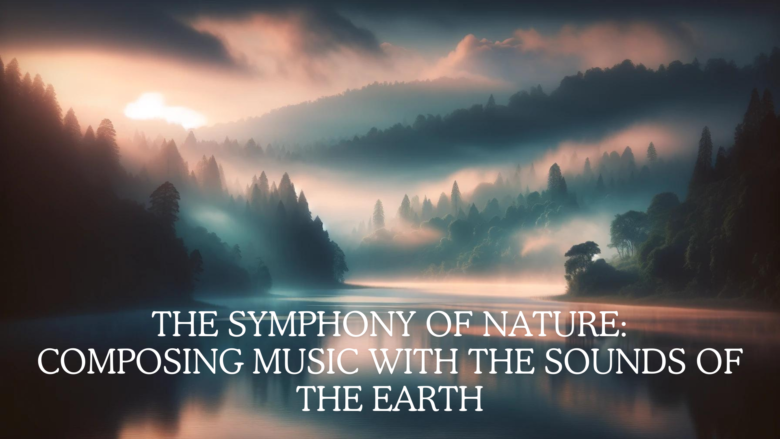
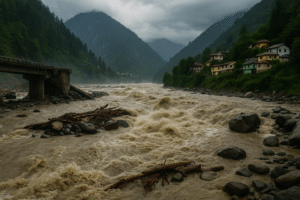

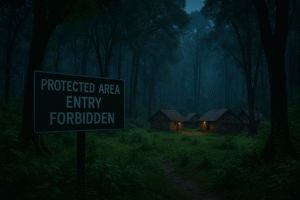
Comments
Your point of view caught my eye and was very interesting. Thanks. I have a question for you.
I don’t think the title of your article matches the content lol. Just kidding, mainly because I had some doubts after reading the article.
Thank you for your sharing. I am worried that I lack creative ideas. It is your article that makes me full of hope. Thank you. But, I have a question, can you help me?